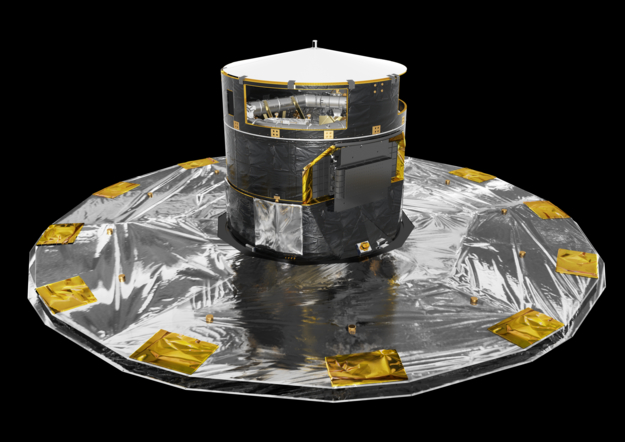Dr. Johannes Sahlmann, an instrument support scientist at the Space Telescope Science Institute, visited our group early last week. Part of his visit was to support his collaboration on the data analysis pipeline for the Aperture Masking Interferometry (AMI) mode on NIRISS. Johannes is involved in helping to understand and predict performance with AMI preceding the first JWST data. He is working closely with Alexandra to improve the data pipeline and set up simulations ahead of the real calibration data. The pipeline is being developed as a community tool.
Johannes also gave a talk at the Stars, Planets, and Formation group, describing his work combining high precision astrometry with radial velocities and imaging. Of particular interest was Gaia performance on nearby stars (in which Johannes has had an important role) and the timeline for obtaining a new sample of astrometry-detected planets with Gaia. He concluded by looking ahead to how Gaia will help prepare target lists for WFIRST direct imaging observations and for other future missions.




